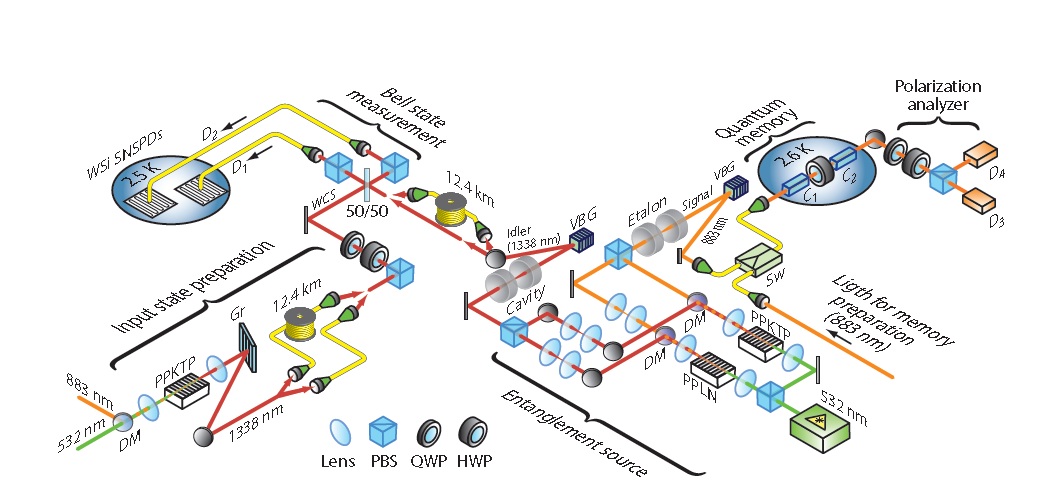Cryogenics: Low temperatures, high performance

Cryogenics is the branch of physics that deals with the production and effects of very low temperatures. The Large Hadron Collider(LHC) is the largest cryogenic system in the world and one of the coldest places on Earth. All of the magnets on the LHC are electromagnets – magnets in which the magnetic field is produced by the flow of electric current. The LHC's main magnets operate at a temperature of 1.9 K (-271.3°C), colder than the 2.7 K (-270.5°C) of outer space.
The LHC's cryogenic system requires 40,000 leak-tight pipe seals, 40 MW of electricity – 10 times more than is needed to power a locomotive – and 120 tonnes of helium to keep the magnets at 1.9 K.
Extreme cold for exceptional performances
Magnets produce a magnetic field of 8.33 tesla to keep particle beams on course around the LHC's 27-kilometre ring. A current of 11,850 amps in the magnet coils is needed to reach magnetic fields of this amplitude. The use of superconducting materials – those that conduct electricity with no resistance – has proven to be the best way of avoiding overheating in the coils and of keeping them as small as possible.
Superconductivity could not happen without the use of cryogenic systems. The coils' niobium-titanium (NbTi) wires must be kept at low temperatures to reach a superconducting state. The LHC's superconducting magnets are therefore maintained at 1.9 K (-271.3°C) by a closed liquid-helium circuit.
Cryogenic techniques essentially serve to cool the superconducting magnets. In particle detectors they are also used to keep heavy gases such as argon or krypton in a liquid state, for detecting particles in calorimeters, for example.

